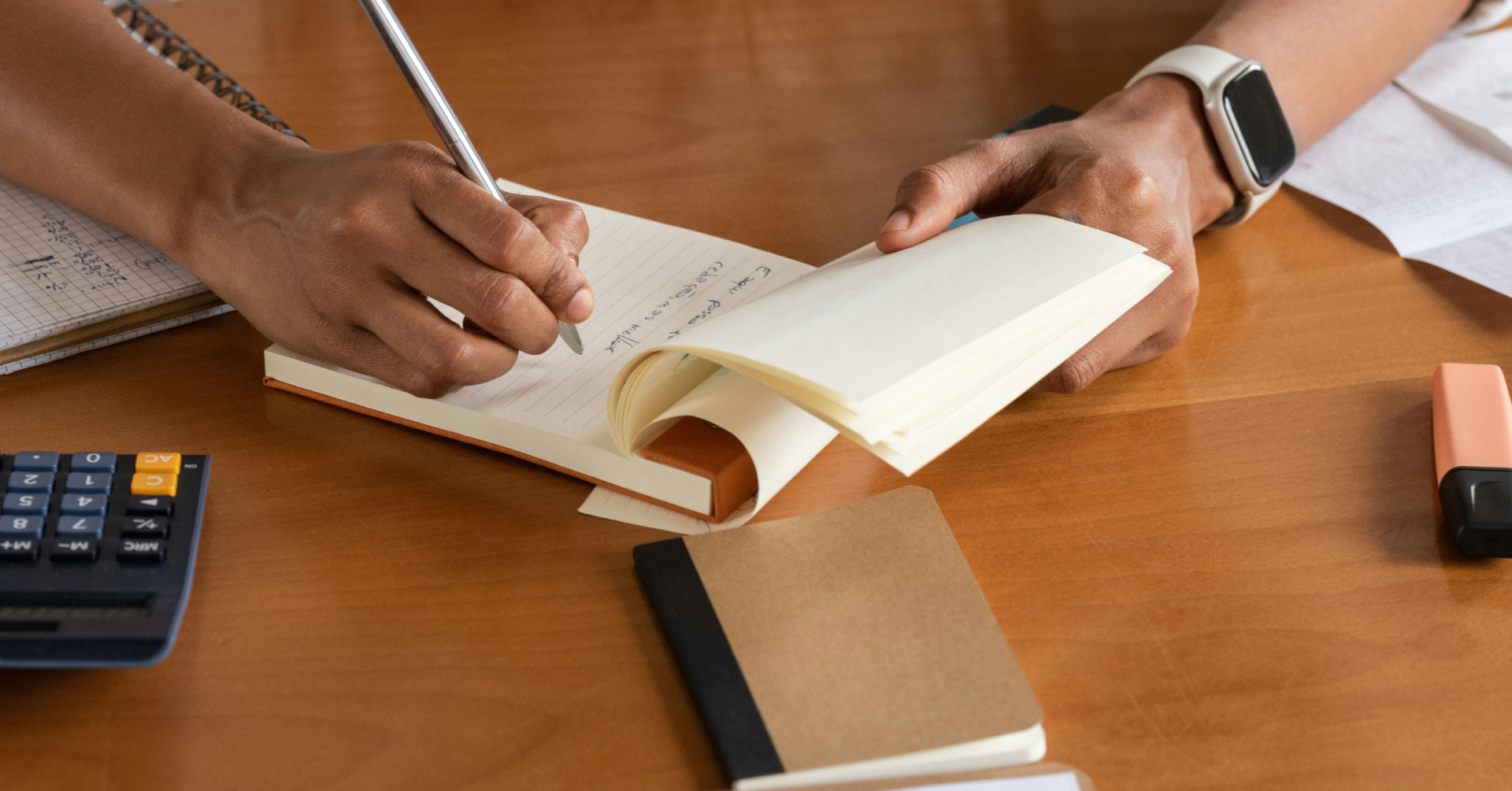myGovID Scam Alert: How to Keep Safe
A myGovID scam doing the rounds has led to the ATO issuing a warning. Here’s what you need to know…
We’ve all seen the news reports.
A text message lands on an unsuspecting victim’s phone, purporting to be from their bank and advising them of suspicious activity on their account.
The victim is advised to transfer the money into a separate account ‘for safekeeping’, and next thing you know, the news media is running yet another story on bank fraud.
A report by non-profit peak body group IDCare found Australia was ‘the fifth-most targeted country by data thieves’ in January 2023.
Identity theft and other related scams have exploded in number in recent years, with scammers typically preying on less tech-savvy members of the community.
But even the most digitally literate of Australians runs the risk of falling victim to identity theft—including via the latest myGovID scam.
myGovID Scam Centres Around Identity Theft
The Australian Taxation Office (ATO) recently advised all citizens to protect their myGovID—the Federal Government’s digital identity app used to access a range of online services.
The ATO says it is working with a small number of tax agents whose clients have been the victim of an identity crime.
Consequences for those who have fallen victim to identity theft range from the headache of having to organise a raft of new identity documents, to the very real prospect of being scammed out of tens of thousands of dollars.
The most recent round of myGovID scams has seen a number of fake texts and emails arise that claim an unexpected tax refund is available.
With this myGovID scam, victims are typically urged to update their personal details immediately, and are prompted to click on a link directed to a phishing website designed to steal the personal data entered.
Once the scammers have the personal details, they can use them to impersonate an individual, lock them out of their own account, and in worst-case scenarios use it to commit bank fraud.
How to Protect Yourself from Identity Theft
Following news of this myGovID scam, the ATO has provided a list of ‘top tips’ to keep your myGov account safe and avoid falling victim to identity theft.
Its suggestions include:
- Setting up a myGovID with a personal email address rather than a business one. If you’ve already set up your profile with a business email address, you can change this at any time.
- Creating strong passwords and enabling 2-factor authentication (2FA) on personal email addresses to protect them from scammers.
- Using in-built security features on mobile devices such as facial recognition and fingerprint scanners.
- Turning on online notifications for myGovID in your mobile device app settings. This allows you to be notified of any unauthorised activity.
- Deleting any identity documents from emails. One of the simplest ways for scammers to gain access to your personal details is by locating them in your inbox or sent folders.
- Utilising additional myGovID security measures, such as verifying your passport and photo through a one-off facial verification process.
- Never sharing your myGovID with others—including your own business employees.
- Reporting any suspicious activity on the myGovID support hotline.
- Staying on top of your cyber security. This includes running software updates as soon as they are released, keeping your anti-virus software up to date, and being mindful of any links you click on.
The ATO has also advised that it will continue to roll out additional security updates for myGovID throughout the second half of 2023, as the prevalence of identity scams continues to rise.
The Importance of Keeping your Personal Details Secure
While the federal government established a National Identity Security Strategy in 2005, critics argue the rapid pace of technological change means not enough is being done to protect Australian citizens from identity theft.
Ultimately, the safest way to protect your digital identity is to remain vigilant online. Keep your passwords safe, set up 2FA to log into personal accounts, and don’t click on any unfamiliar links—as this myGovID scam prompts its audience to do.
Most importantly, always treat unsolicited emails and text messages with suspicion. Today’s phishing scams are so sophisticated they can convincingly spoof legitimate text messages and appear in the same series of texts from your bank or government service provider.
If in doubt, call your bank or service provider on a publicly-listed phone number. It is far safer to be transferred through a switchboard than it is to call an unverified mobile phone number sent from a dubious source.
Don’t forget: your myGovID is different to your myGov account. You need to set up a myGovID before you can access your myGov account, which allows you to utilise services such as Medicare and the ATO.
A final word about the latest myGovID scam… just remember, if you wouldn’t share your ATM PIN with anyone, you shouldn’t share your myGov details, either.
Still Not Sure How to Protect Yourself Online?
If you have any additional questions about the myGovID scam or how to protect your identity online, get in touch with the trusted team at PrimeAdvisory.
Drop us a line or call us on +61 02 9415 1511 to find out how we can help.
We make more possible.








